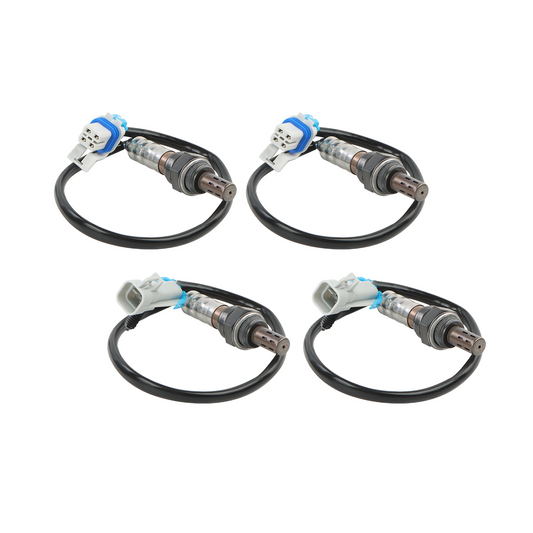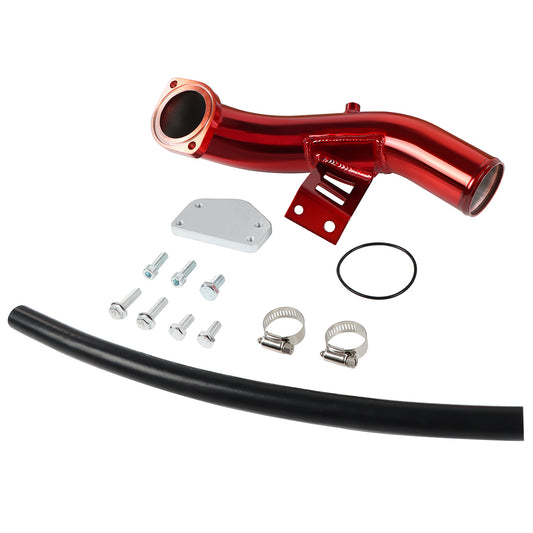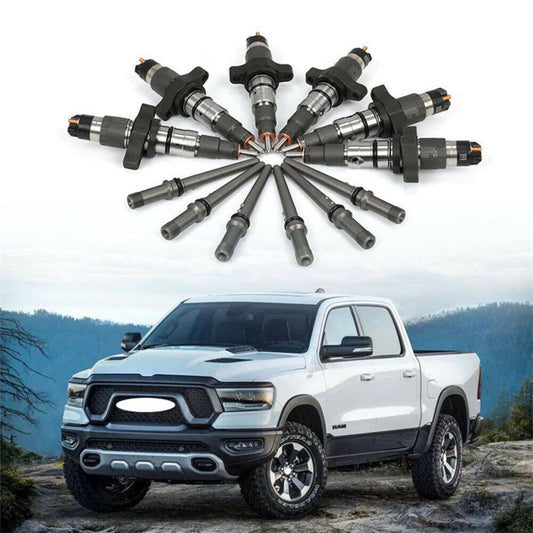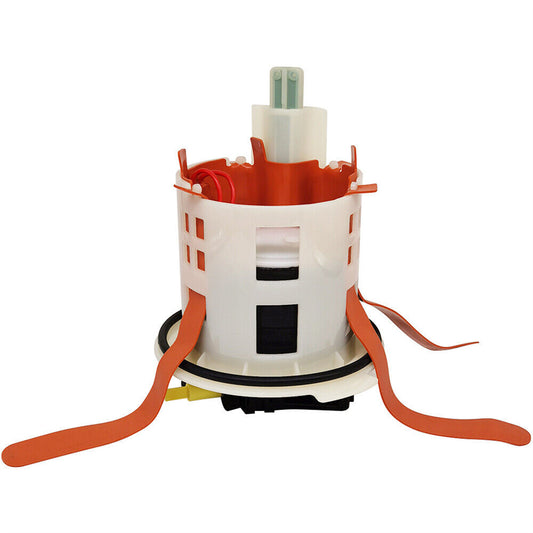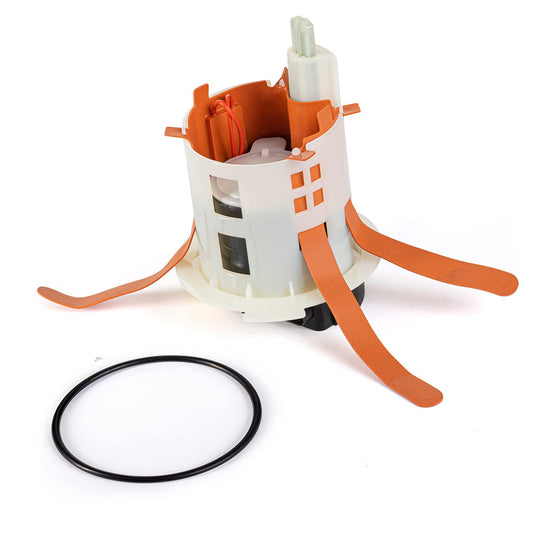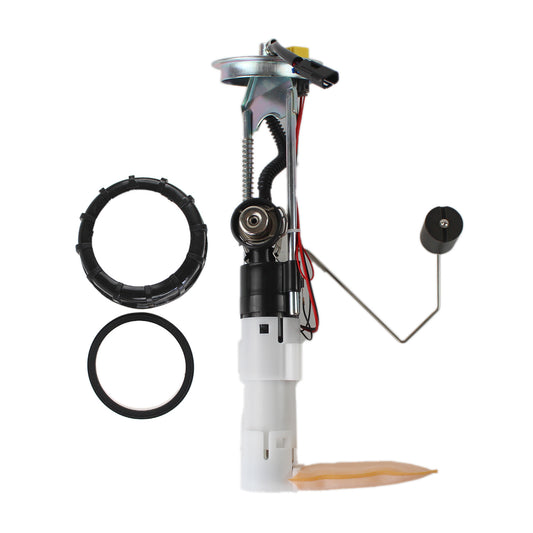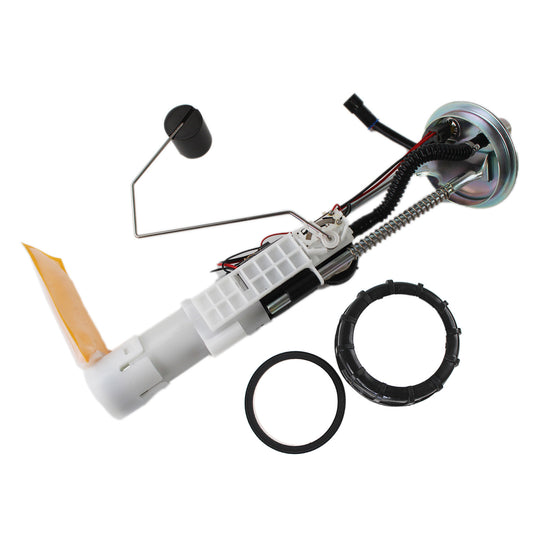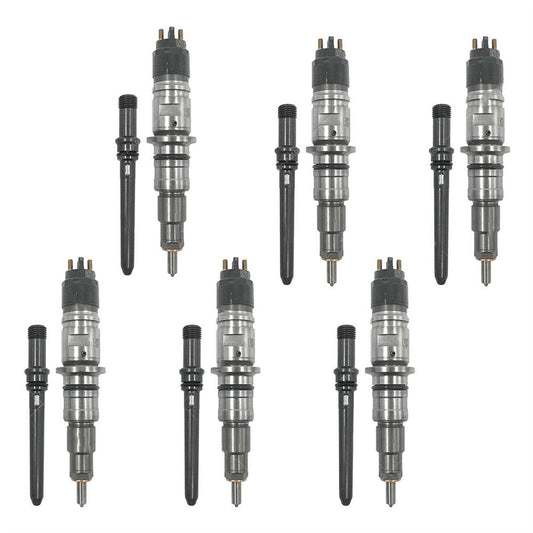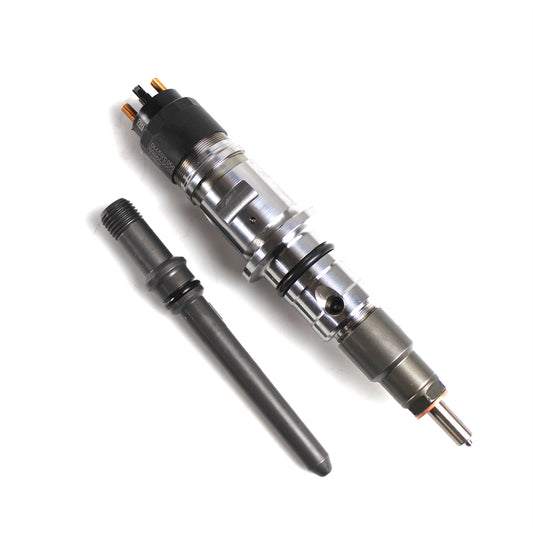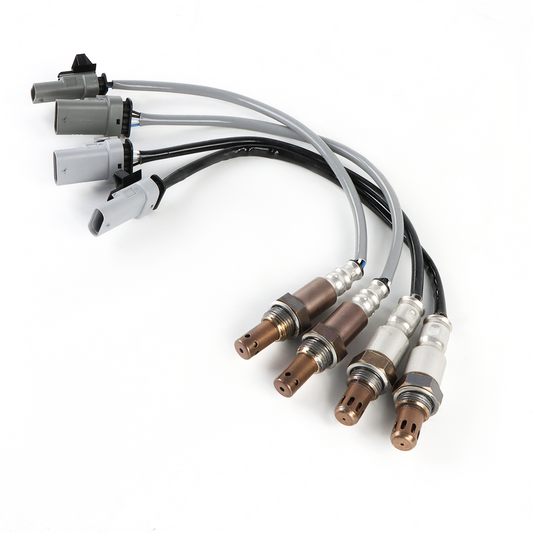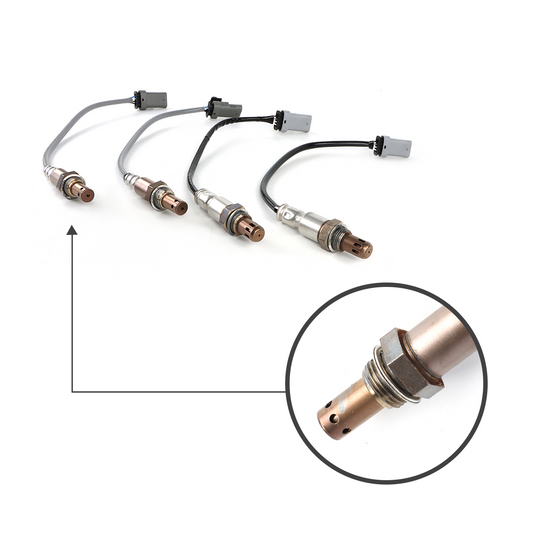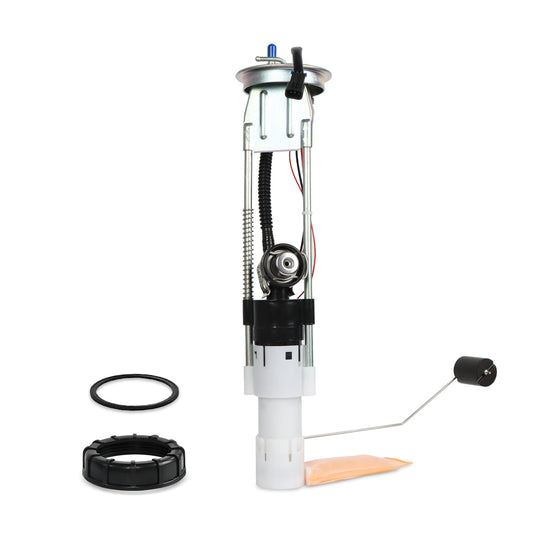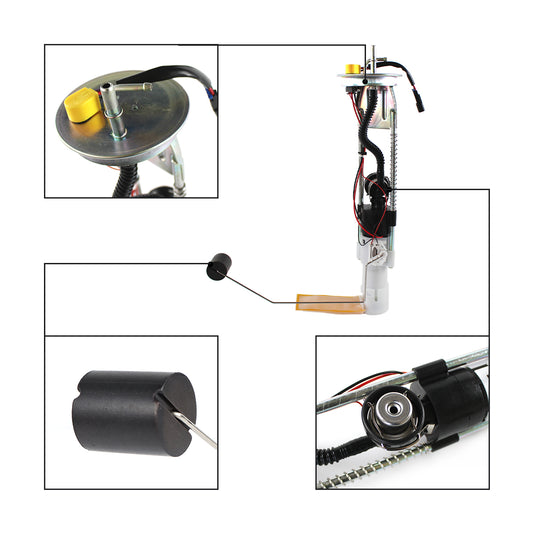Camshaft VS Crankshaft: What are the differences between them?
Camshaft and crankshaft, as two important rotating shafts in the engine, are often paid attention to by people. People often confuse them and think they are the same thing, with little understanding of their respective functions.
This article will show you the difference between camshafts and crankshafts. Besides, the following content will mention camshaft position sensor and crankshaft position sensor, as well as connecting rod bearings and crankshaft main bearings. Let's enjoy them together!
What is camshaft and crankshaft?
Camshaft and crankshaft are two important rotating shafts of internal combustion engine.
A camshaft is a rotating shaft with one or more specially shaped cams that push the valves so that they open and close at the right time. The egg-type CAM is the most common. The camshaft is mainly responsible for controlling the timing of the engine intake valve and exhaust valve, so that the fuel is fully burned, so as to promote the efficient operation of the engine and generate power.
The crankshaft is also a kind of rotating shaft, which converts the reciprocating motion or up-and-down motion of the piston into the rotating motion of the driving wheel. The crankshaft is located in the engine body and is connected to the piston by a connecting rod. When the piston moves up and down, it drives the crankshaft to rotate, and the crankshaft transmits energy to the camshaft through the timing sket and chain, and the camshaft turns again. This cycle continues, keeping the engine running and eventually turning the car's driving wheels.
In short, the camshaft controls the timing of the valve, while the crankshaft converts the reciprocating motion of the piston into the rotating motion of the driving wheel, and the two work together for the best performance of the engine.
Difference between Camshaft and Crankshaft:
|
Item |
Camshaft |
Crankshaft |
|
Position |
in the crankcase or on the cylinder head |
in the crankcase. |
|
Material |
made by cast iron or steel by casting |
made by alloy steel by forging |
|
Function |
open and close the inlet and outlet valve at correct timing |
convert reciprocating motion of piston into rotary motion |
|
Turn |
turned by a timing belt attached to the crankshaft |
turned by a piston |
Camshaft Position Sensor VS Crankshaft Position Sensor
Are crankshaft position sensor and camshaft position sensor the same?
Of course not, crankshaft position sensor (CKP) and camshaft position sensor (CMP) are not the same thing.
Crankshaft position sensors and camshaft position sensors are one of the various sensors distributed in each system of the car. Crankshaft position sensors are mainly used to detect the position and speed of the crankshaft, which is responsible for providing power to the engine piston. The sensors send this information to the engine control module (ECM), which uses the information to control engine ignition and fuel injection timing.
The camshaft position sensor detects the position of the camshaft to operate the intake and exhaust valves of the engine. The sensors send this information to the ECM, which uses it to control when the engine valves open and close.
Although both sensors play a vital role in the proper operation of the vehicle engine, they perform different functions and are located in different areas of the engine.
What are the 7 symptoms of a bad crankshaft position sensor?
- Problem with starting the vehicle.
- An intermittent pause.
- Check engine light on.
- The uneven acceleration.
- Engine stalling or vibration.
- Engine idling and/or vibration instability.
- Reduce gas mileage.
What breaks a camshaft sensor?
The factors that may lead to the failure or damage of the camshaft position sensor (CMP) are as follows:
- Electrical issues: CMP sensors are sensitive electronic components that can be damaged due to electrical issues such as voltage spikes, short circuits, or open circuits. These issues can cause the sensor to produce incorrect readings or stop working altogether.
- Wear and tear: As with any mechanical component, CMP sensors may wear and tear due to regular use. Exposure to heat, oil, and other contaminants can cause degradation of the sensor, which can lead to poor performance or failure.
- Physical damage: The position of the CMP sensor close to the engineDahlia Zha camshaft makes it vulnerable to physical damage from debris or other objects. The sensor can also be damaged during engine repairs or maintenance, such as when a technician accidentally drops a tool on it.
- Corrosion: Corrosion may occur at the electrical contact of the sensor due to moisture or other environmental factors. This can lead to poor electrical connections and ultimately sensor failures.
- Manufacturing defects: Sometimes, CMP sensors may fail due to manufacturing defects or quality control issues.
What breaks a crankshaft sensor?
Common causes of crankshaft sensor damage are as follows:
- Electrical problems: The crankshaft position sensor may malfunction due to damage to the wiring harness, corrosion, or fuse fuses.
- Wear and tear: Components of crankshaft sensors may be worn or damaged due to long-term use. This is also related to exposure to high temperatures and oil spills.
- Incorrect installation: Incorrect installation can cause the crankshaft sensor to not work properly. This can cause a number of problems, including startup failure, poor performance, and so on.
- Manufacturing defects: Sometimes, crankshaft sensors may have manufacturing defects that cause them to fail prematurely.
If you suspect that there is a problem with the vehicle crankshaft sensor, but you cannot reach a conclusion, it is recommended that you go to a professional auto repair shop for testing.
Difference Between Main and Rod Bearings
In an internal combustion engine, the piston is connected to a connecting rod, which in turn is connected to the crankshaft. Finally, the crankshaft is connected to the engine body.
However, the connecting rod and crankshaft, as parts that move for a long time and produce friction, usually need a bearing to lubricate and prevent wear at their joints. Therefore, the connecting rod bearings and crankshaft bearings become an indispensable part of the engine system. The connecting rod bearing is inserted between the connecting rod and the crankshaft. The main bearing exists between the crankshaft and the block.
|
Item |
Main Bearings |
Rod Bearings |
|
Location |
between the crankshaft and the block |
between the connecting rod and the crankshaft |
|
Shape |
With Oil Hole and Annular Groove |
Without Oil Hole and Annular Groove |
|
Size |
larger and stronger than rod bearings |
Relatively small |
How many miles do main bearings last?
Main bearings are designed to extend the life of an engine, which can range from 100,000 to 200,000 miles or more, depending on the vehicle brand, model, year, and maintenance it receives. However, there are several factors that can lead to premature wear of main bearings, including poor maintenance, contaminated oil, overheating, or heavy use.
How many miles do rod bearings last?
The life of rod bearings depends on various factors such as engine type, usage, maintenance, and other operating conditions. Generally, well-maintained and regularly serviced engines can have rod bearings and can be used for hundreds of thousands of miles. However, some engines may experience premature wear and tear of rod bearings due to factors such as insufficient oil pressure or mass, engine overheating, or contamination.
How much does it cost to replace the main rod bearings?
Generally speaking, the cost of replacing main and rod bearings can range from $500 to $2,500 or more. That cost includes the cost of the bearings themselves, which typically run between $50 and $200 for a set, and labor costs, which can run between $75 and $150 an hour.
Cost-effective product recommendation
Daysyore, is an excellent choice of cost-effective auto parts. It mainly deals in quality parts suitable for most car brands, in addition to providing good shopping services and after-sales support. If you need to replace parts, please put it on your list. Maybe it can solve your problem and let your car start on a new journey!
Conclusion
After reading this article, you will be able to easily distinguish the camshaft from the crankshaft, the camshaft position sensor from the crankshaft position sensor, and connecting rod tile from the crankshaft tile. In addition, you may be curious about where you can buy related products.
Daysyore is an online store for auto parts products dedicated to providing quality products and services. You may be able to find the parts you need here. If you have any questions, you can also contact us through the following ways:
Web: https://daysyore.com/
Email: support@daysyore.com
Phone: +1 6282837057


